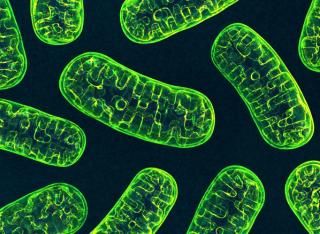
Fluorescence
Latest News
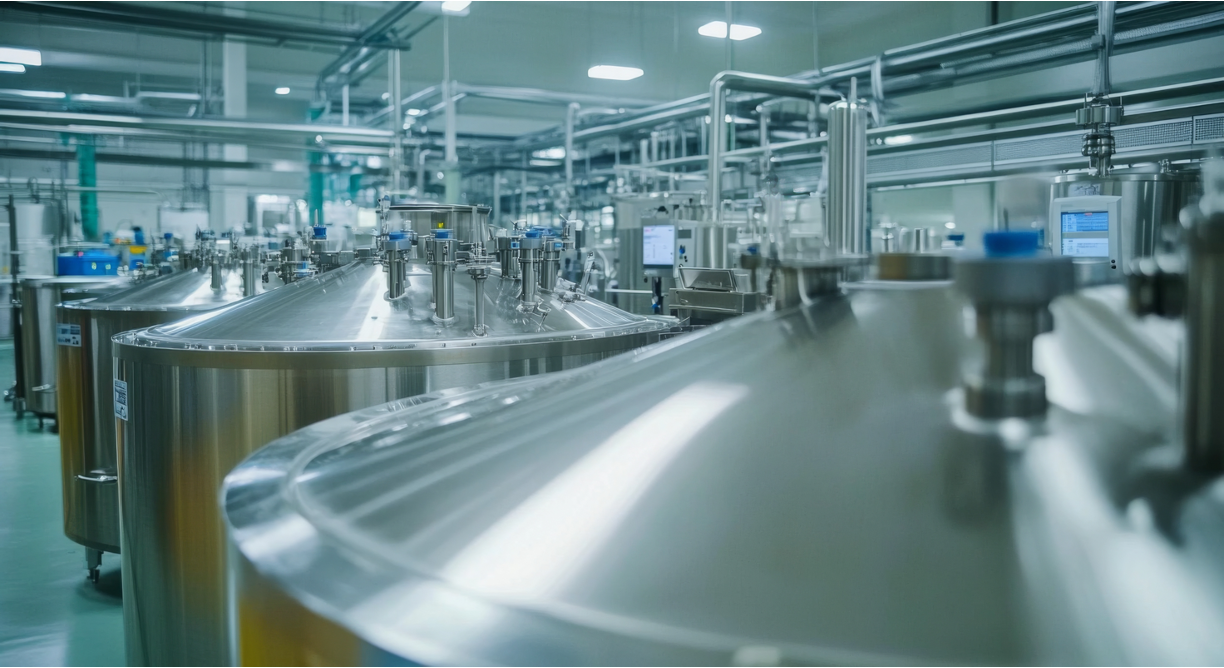
Latest Videos

More News

Spectroscopy's 2025 Emerging Leader in Molecular Spectroscopy is Lingyan Shi of the University of California, San Diego. Shi’s research focuses on developing and applying molecular imaging tools, including stimulated Raman scattering (SRS), multiphoton fluorescence (MPF), fluorescence lifetime imaging (FLIM), and second harmonic generation (SHG) microscopy.
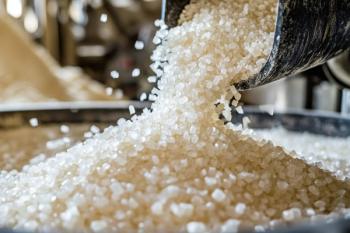
This study presents a new system that enables the precise detection of glucose, choline, and lactate without traditional labels or antibodies.
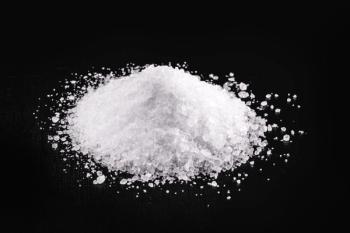
A recent study presented a new, highly sensitive and eco-friendly fluorescent sensor, SU-1, which is capable of detecting ultra-low levels of cyanide in water and living cells.

A recent study presented a dual-method approach combining confocal micro-Raman spectroscopy and Nile Red-assisted fluorescence microscopy to enhance the accuracy and throughput of microplastics detection in environmental samples.

Researchers from the Institute of Agrifood Research and Technology (IRTA) in Catalunya, Spain used fluorescence and Raman spectroscopy to explore complex tissue changes behind wooden breast myopathy in chickens.

A study published in Chemosphere by researchers at the Technical University of Denmark demonstrates that fluorescence spectroscopy can serve as a rapid, on-site screening tool for detecting pharmaceutical contaminants in groundwater.

New Low-Cost Fluorescent Probe Offers Rapid Detection of Toxic Hydrazine in the Environment and Food
Researchers from Jiangnan University introduced a sensitive, selective, and highly adaptable new probe for detecting hydrazine.
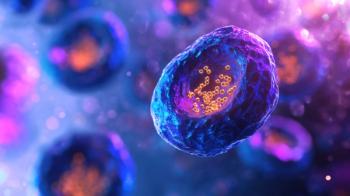
Researchers at Qiqihar Medical University have developed a dual-channel fluorescent probe, PYL-NBD, that enables highly sensitive, rapid, and selective detection of biothiols in food, pharmaceuticals, and living organisms.

A new study published in Spectrochimica Acta Part A by Dominik Heger and colleagues at Masaryk University reveals that phenol's photophysical properties change significantly when frozen, potentially enabling its breakdown by sunlight in icy environments.

A research team from Nanjing University of Finance and Economics has developed a new analytical model using fluorescence spectroscopy and neural networks to improve the detection of aflatoxin B1 (AFB1) in vegetable oils. The model effectively restores AFB1’s intrinsic fluorescence by accounting for absorption and scattering interferences from oil matrices, enhancing the accuracy and efficiency for food safety testing.

A new study published in Chemical Engineering Journal by researchers from Northeast Agricultural University in China reveals that biochar aging, influenced by environmental factors like UV exposure and wet-dry cycles, alters dissolved organic matter composition and affects its effectiveness in remediating cadmium-contaminated soil.
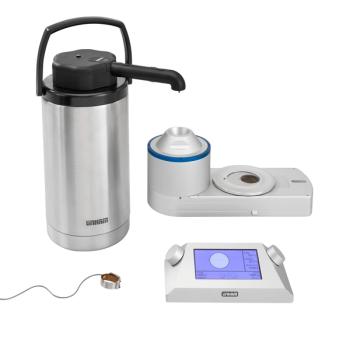
This update is designed to help researchers investigate samples at cryogenic temperatures.

A novel method using fluorescence labeling and differential Raman spectroscopy claims to offer a more efficient, accurate approach to detect microplastics in seawater. Developed by researchers at the Ocean University of China, this method improves both the speed and precision of microplastic identification, addressing a key environmental issue affecting marine ecosystems.

Spectroscopy published stories this work that covered topics such as fluorescence spectroscopy, Raman spectroscopy, and hyperspectral imaging.

Scientists from Tamil Nadu, India recently developed a new fluorescence-based chemosensor for selectively detecting trivalent chromium (Cr3+) ions.

Howard University scientists recently analyzed tryptophan (Trp) networks and conditions under ultraviolet superradiance.

A recent study used fluorescence spectroscopy to learn more about scorpions and their exoskeleton.

A recent study examined a new method using Europium ions as a magnetic-trapping and fluorescence-sensing probe against pathogenic bacteria.

A recent study introduced a new fluorescence sensor that can properly determine lemon yellow in various samples.

A recent study from Hebei North University developed and tested a new fluorescence probe designed to improve copper detection.

Scientists from Zhejiang Sci-Tech University studied how hypochlorous acid (HOCl), an enzyme that can be found in lysosomes, can be found using fluorescent probes.

A recent study from Lanzhou Jiaotong University presented a new fluorescent sensor that can detect permanganate ions in water.

Scientists from Banaras Hindu University in Varanasi, India recently studied how acarbose (ACA) and quercetin (QUE) can help prevent conditions like Type 2 diabetes.
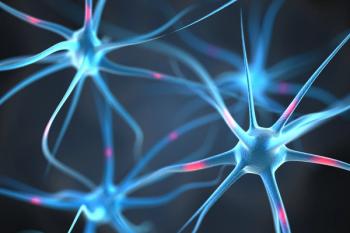
Chinese scientists recently created a dual-response fluorescent probe to better understand the pathological mechanisms of depression disorder.
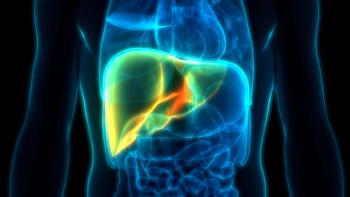
In a recent study out of China, Liyi Zhou and her fellow scientists created a nanoprodrug system to help treat liver cancer.

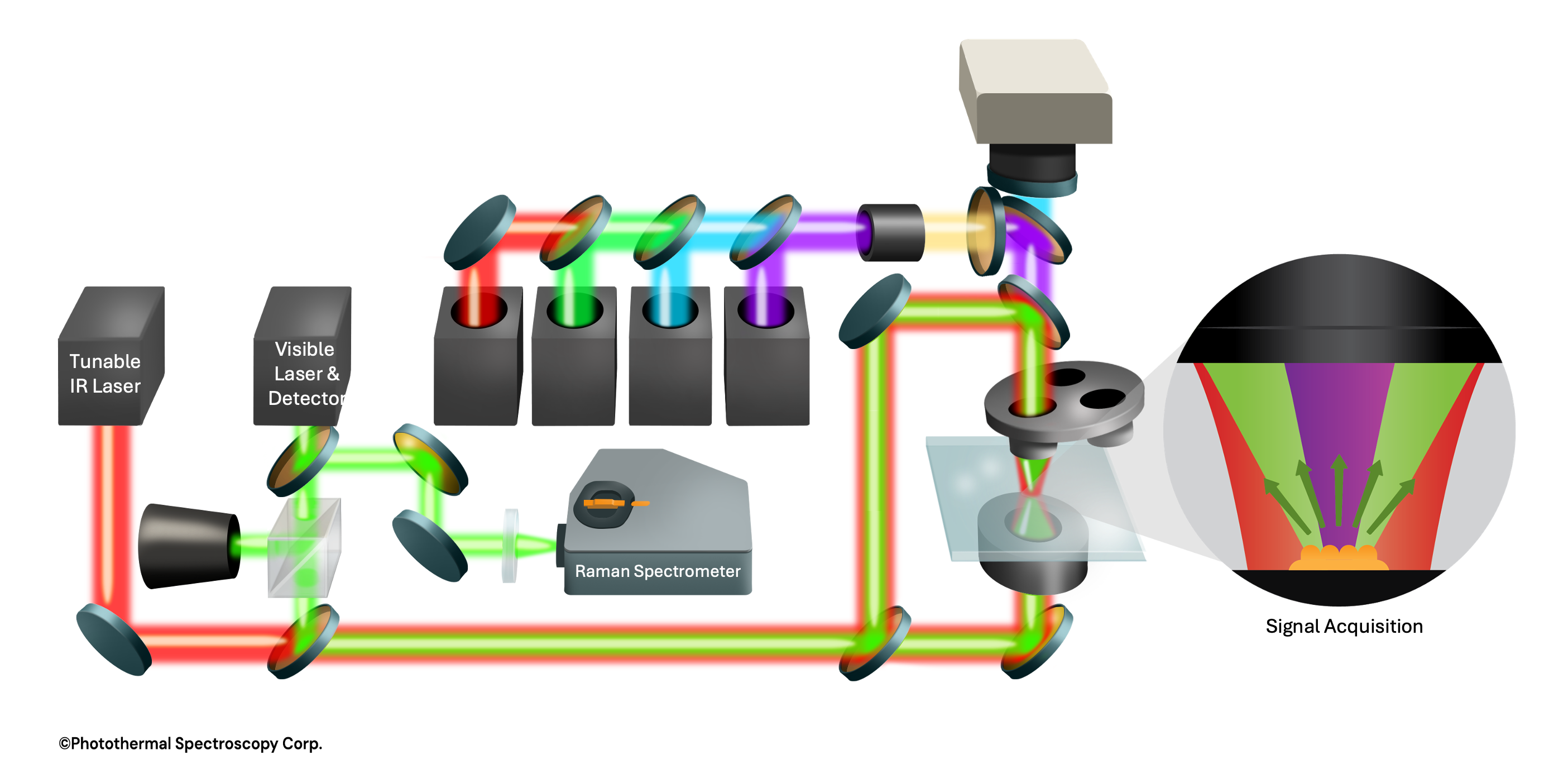
![Figure 3: Plots of lg[(F0-F)/F] vs. lg[Q] of ZNF191(243-368) by DNA.](https://cdn.sanity.io/images/0vv8moc6/spectroscopy/a1aa032a5c8b165ac1a84e997ece7c4311d5322d-620x432.png)

